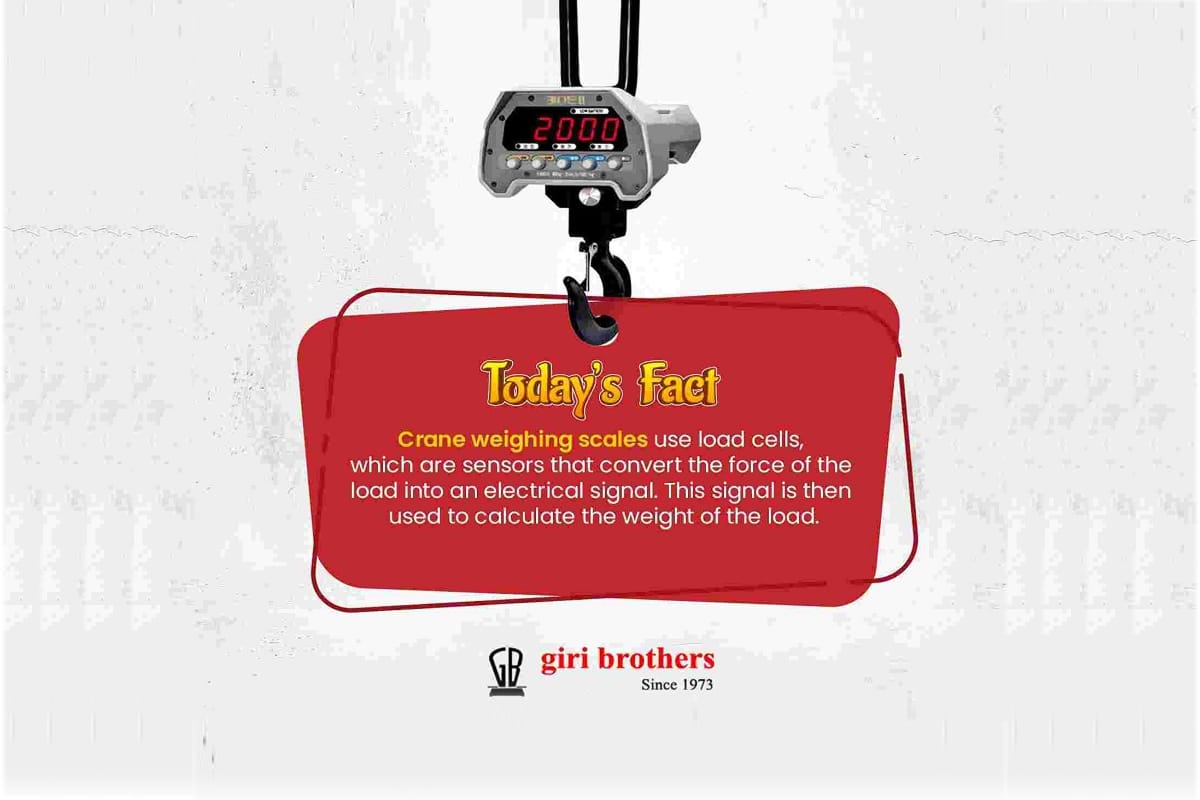Transforming Weight Measurement
In the world of heavy lifting and industrial operations, precision and safety are paramount. Cranes, those towering behemoths of construction sites and manufacturing facilities, rely on a remarkable technology to ensure that loads are lifted safely and efficiently – load cells. These small, unassuming sensors play a pivotal role in converting force into weight, making it possible for operators to manage heavy loads with confidence and accuracy.
Understanding Load Cells
Load cells are specialized sensors designed to measure force or load. They are commonly used in various industries, from construction and manufacturing to aerospace and healthcare. In the context of cranes, load cells are indispensable devices that ensure the safety and efficacy of lifting operations.
The Working Principle of Load Cells
Load cells operate on the principle of piezoelectricity or strain gauges. When a force or load is applied to a load cell, it undergoes deformation, which results in a change in electrical resistance or voltage output. This change is directly proportional to the magnitude of the force applied. In simpler terms, load cells transform physical force into an electrical signal that can be interpreted as weight.
Applications in Cranes
1. Weight Measurement:
The most obvious application of load cells in cranes is weight measurement. Load cells are often integrated into the crane’s lifting apparatus, such as hooks, cables, or the crane’s frame itself. As the crane lifts a load, the load cells measure the force exerted, allowing operators to accurately determine the weight of the load.
2. Safety:
Safety is paramount in crane operations. Load cells help prevent overloading by providing real-time weight data. If the load approaches or exceeds the crane’s maximum capacity, alarms can be triggered to alert operators, reducing the risk of accidents.
3. Efficiency:
Load cells enable cranes to operate with optimal efficiency. By precisely measuring the weight of a load, cranes can adjust their lifting mechanisms, reducing unnecessary strain on the equipment and minimizing energy consumption.
4. Data Logging:
Modern cranes often come equipped with load cell systems that log data for analysis and record-keeping. This data can be invaluable for performance evaluation, maintenance scheduling, and compliance with industry standards and regulations.
Advantages of Load Cells in Cranes
- Accuracy: Load cells provide highly accurate weight measurements, ensuring that crane operators have precise information to work with.
- Safety: Load cells help prevent accidents by monitoring load weights and alerting operators to potential issues.
- Versatility: Load cells can be integrated into various crane types and configurations, making them suitable for a wide range of applications.
- Efficiency: By optimizing load handling, load cells contribute to energy efficiency and reduce wear and tear on crane components.
Conclusion
Load cells are the unsung heroes of crane operations, converting force into weight with remarkable accuracy. Their role in ensuring the safety, efficiency, and precision of lifting operations cannot be overstated. As technology continues to advance, we can expect load cells to play an even more significant role in making heavy lifting operations safer and more efficient. So, the next time you see a crane in action, remember that beneath its towering presence lies the power of load cells, quietly transforming force into weight, and helping us build the world around us.

